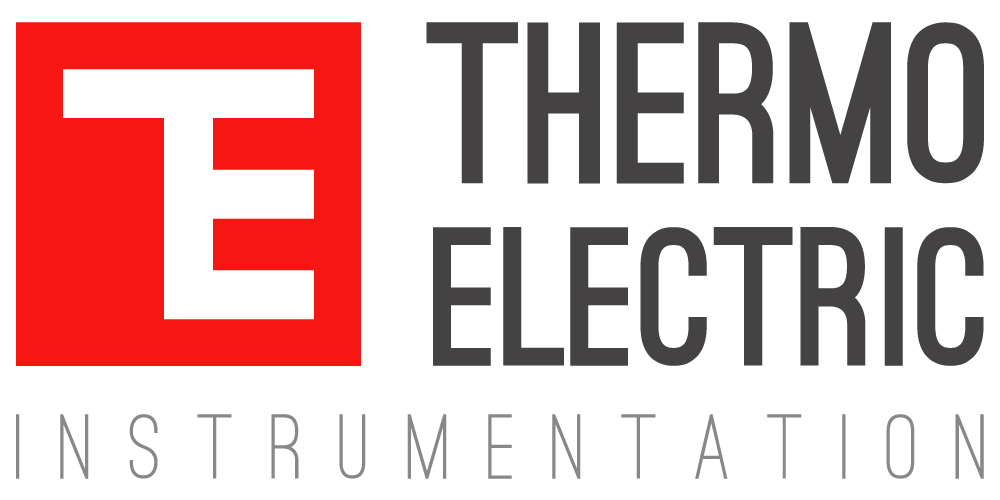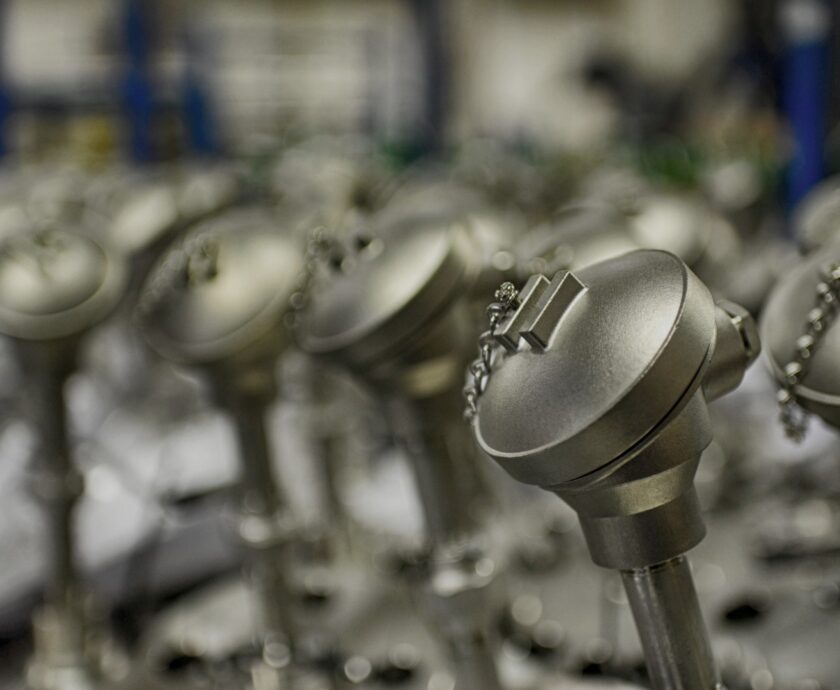Ensuring the correct assembly of your temperature sensors is important for achieving reliable and accurate temperature measurements. Improper assembly can lead to premature sensor failure, inaccurate readings, and potential safety hazards, especially in industrial environments. This article will delve into key best practices for assembling various types of temperature sensors.
Understanding Common Assembly Methods
The first step in proper assembly is selecting the appropriate method for your application:
- Mounting thread: This involves using a threaded connection to secure the sensor assembly.
- Flange or gland: Flanges provide a strong and pressure-tight seal, while glands offer a versatile sealing solution for various insertion depths. This can include both fixed and adjustable flanges.
- Adjustable mounting: This allows for flexibility in setting the insertion depth of the sensor.
- Welding to vessel: This method provides a permanent and leak-proof installation.
- Bayonet connection: Bayonet fittings offer a quick and secure way to install and remove sensors.
- Surface mounting: This involves attaching the sensor to a surface using methods like threading, welding, or clamping. The installation of a tube skin thermocouple is a prime example of surface mounting, achieved by welding a 446 S.S. tube clip onto a prepared heater tube surface.
Key Considerations During Assembly
Beyond choosing the right method, several factors are critical during the assembly process:
- Handling with Care: Temperature sensors are sensitive instruments and must be handled carefully to avoid mechanical damage. Avoid bending sensing elements or subjecting them to undue stress.
- Ceramic Protection Tubes: When using ceramic protection tubes, while the mounting orientation is generally unrestricted at lower temperatures, vertical mounting is essential at high temperatures. This prevents the ceramic tube from sagging or failing due to prolonged exposure to high heat.
- Spring-Loaded Elements in Thermowells: For assemblies where the temperature sensor is placed inside a thermowell, it is importsnt to ensure the sensing element is spring-loaded. This can typically be achieved by adjusting the extension length of the sensor. The spring mechanism ensures good thermal contact between the sensor tip and the bottom of the thermowell, leading to more accurate and faster temperature readings.
- Using the Correct Cables: Always use the proper compensation cable with thermocouple elements and copper extension cable with resistance elements. All compensation/extension cables for thermocouples are identified by colour for polarity and type, and it is vital not to reverse the polarity.
- Terminal Block Connections: When using terminal blocks, it’s important to refer to the relevant standards (IEC 60079-14 / EN 60079-14 for general applications, IEC 60947-1 / EN 60947-1 for rail-mounted terminals) or the assembly drawing for specific instructions. Please also refer to to examination Certificate FTZU 04 ATEX 0003U, IEC 60079-0:2017, and IEC 60079-7:2017 for torque values and wire sizes for terminal blocks, and to IEC 60947-1 / EN 60947-1 or the assembly drawing for rail-mounted terminals. Using the correct torque and wire sizes is important for ensuring a secure and reliable electrical connection.
- Tube Skin Thermocouple Specifics: For installing tube skin thermocouples, ensure a clean and scale-free surface on the heater tube. Use a #2 filler rod for welding the 446 S.S. tube clip with a single-pass fillet weld (ends only). Position the heat shield correctly to ensure the refractory material remains within. Different mounting orientations, such as typical longitudinal and right-angle mounting, should also be considered based on the specific application. You should also refer to our specific tube skin installation guidance for more detailed instructions.
By applying these best practices during the assembly of your temperature sensors, you can significantly enhance the reliability, accuracy, and longevity of your temperature measurement systems.
Always consult the installation manual and relevant standards for detailed instructions specific to your particular sensor and application.




